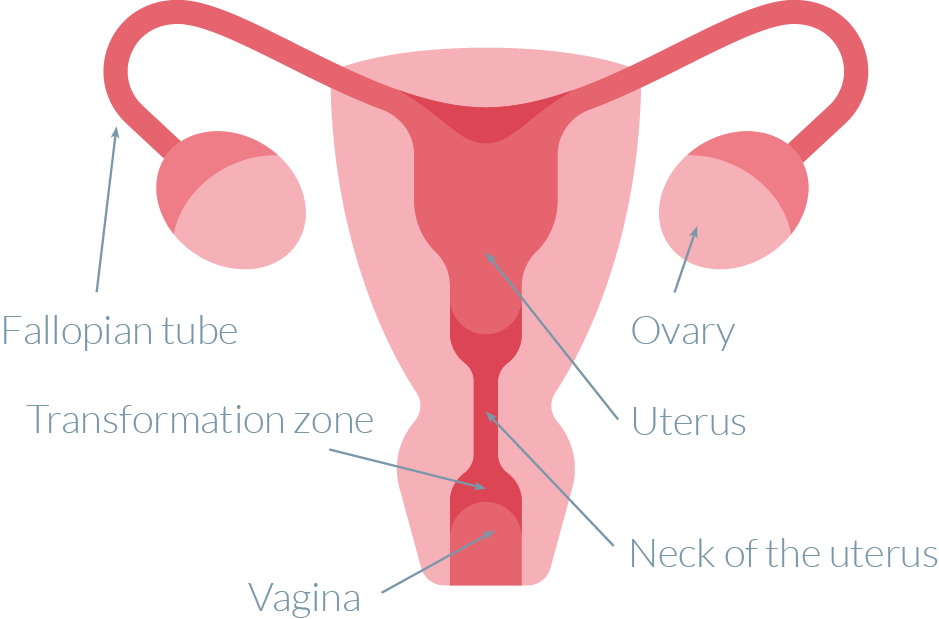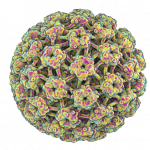What is HPV?

HPV
Human Papillomavirus (HPV) is the name of the most widespread sexually transmitted disease.
HPV does not usually cause symptoms and in many cases goes away by itself. For this reason, a lot of people never know that they have been infected with the virus.
There are more than 200 different types of HPV, some of them can cause cervical lesions that, if allowed to persist, may lead to cervical cancer.

In 85-90% of cases, cervical lesions clear up by themselves in 2 years. However, 10–15% of patients can have persistent infections and, in some cases, develop cervical cancer.
Cervical lesions are located in the cervix. The cervix is the part of the uterus that is located at the end of the vagina, where there is an area called the transformation zone which is especially susceptible to HPV infection.
Transmission of HPV
HPV is spread through oral, vaginal and anal sex with someone that has the virus, even if the infected person shows no signs or symptoms.
It is really hard to know when or from whom you contracted the virus, as the infection is often asymptomatic. Furthermore, you can develop signs or symptoms of infection years after coming into contact with the virus.
Condoms can reduce the chances of HPV transmission, but they cannot prevent it completely.
Risk factors of HPV
The main risk factor for the development of cervical lesions is persistent HPV infection. Other risk factors are:
- The type of HPV. There are more than 200 different types of HPV. HPV types 16 and 18 cause about 70% of cervical cancers
- The immune system of the infected woman
- Smoking
It is very important to maintain good, balanced vaginal flora and health to help fight HPV infections and reduce the risk of other infections.
HPV in numbers
HPV is one of the most common sexually transmitted infections worldwide, 8 out of 10 sexually active women and men are infected with HPV at some point during their lifetime. Young women aged 20 to 25 are at a higher risk of infection.
HPV is present in most cases of cervical lesions, which can further develop into cervical cancer.
Cervical cancer:

70%
of all cases of cervical cancers are caused by HPV types 16 and 18
The most common cancer
in developing countries

33,000 cases
of cervical cancer and 15,000 deaths each year in Europe

In 90%
of cases, cervical lesions clear up by themselves in 2 years

The 2nd most common cancer,
after breast cancer, affecting women aged 15 to 44 in Europe

4th leading cause
of cancer deaths worldwide

70%
of all cases of cervical cancers are caused by HPV types 16 and 18
The most common cancer
in developing countries

33,000 cases
of cervical cancer and 15,000 deaths each year in Europe

In 90%
of cases, cervical lesions clear up by themselves in 2 years

The 2nd most common cancer,
after breast cancer, affecting women aged 15 to 44 in Europe

4th leading cause
of cancer deaths worldwide



